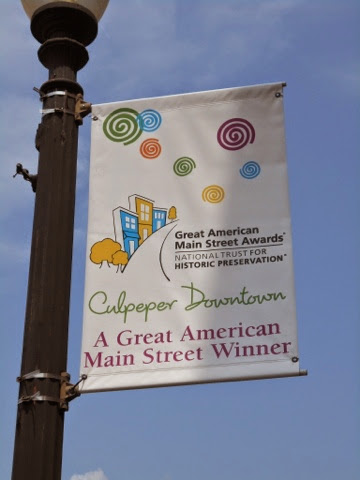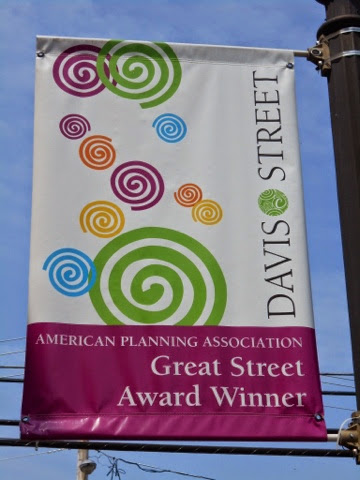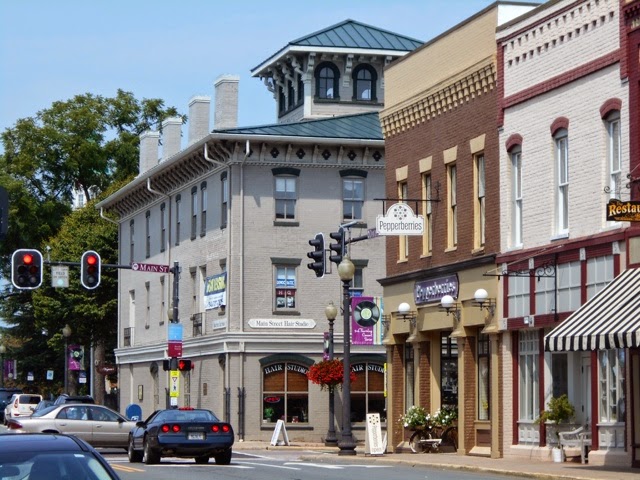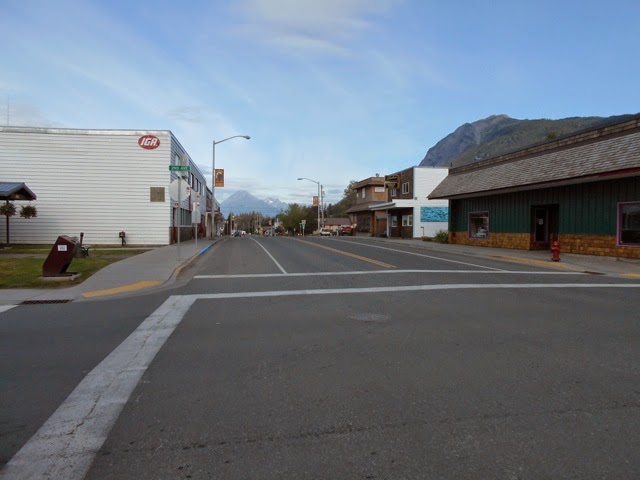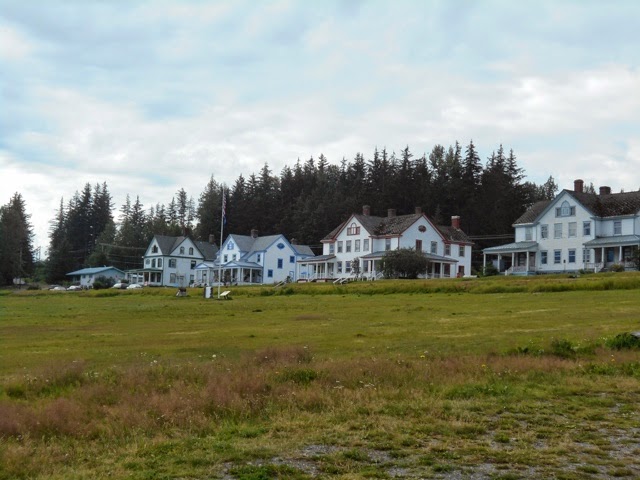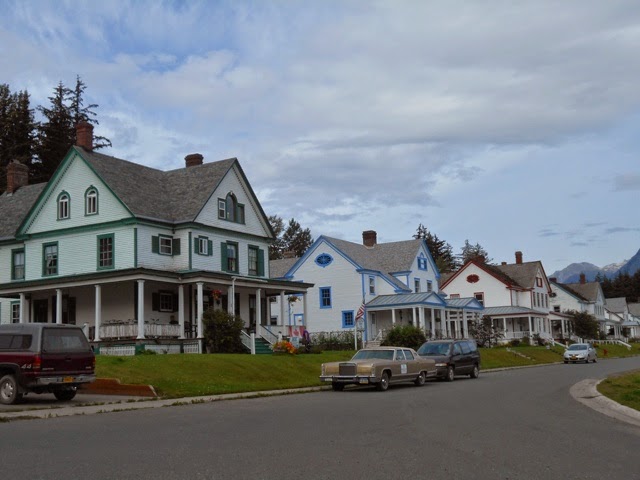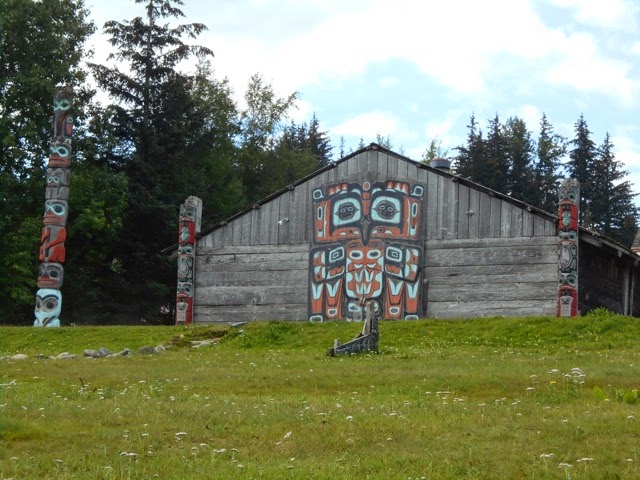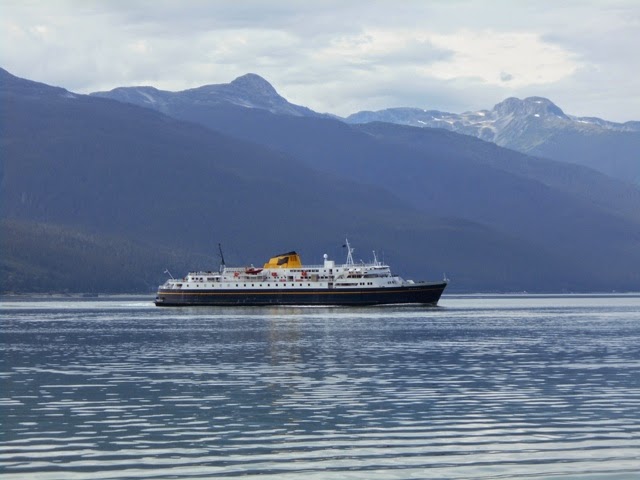Due to severe jetlag we opted for the 5k walk today. A 10k walk is also offered here.
The Start Point
The start point was at Aroma Espresso Bar in Montgomery Mall. In the winter or on a rainy day you can do this walk inside the mall. There are directions for it. It's a wonderful mall to shop in, too. We bought some sandwiches at Aroma to take with us on the walk. They were really good. I would go back there just for more sandwiches (or a salad, or a dessert, or whatever).
We didn't pay attention to the driving directions on the AVA website because we knew where the mall was. As a result, we didn't notice the very specific instructions about which mall entrance to use. Not surprisingly, we used the farthest possible entrance from Aroma, and probably walked another kilometer getting there and going back to our car.
The Walk
It is a short drive to the Cabin John Park and Ice Rink, where the walk actually starts. This is a terrific park, with woods, creeks, and trails; with indoor ice rinks and tennis courts; with outdoor ballfields and tennis courts; with a miniature train (we didn't see it); with a log cabin of historical interest; and with a very nice nature center and natural gardens.
We got onto a dirt rail about 5 minutes into the walk and stayed on dirt trails throughout the walk. The trails were rocky and rooty and hilly in places, making this walk a 2C. It was also rather buggy, but I had Off with me. The trails lead through pleasant open hardwood forest. The trails are well marked, with carved wooden signs and blazes on the trees. There are rustic bridges over the creeks and a few benches, but few other improvements. I didn't see much wildlife - a bluejay, some type of dove, and a few ordinary-looking brown birds. According to signage at the Nature Center, there are also some beavers, turtles, and harmless black snakes. I did see a small fish in the creek.
We didn't find the trail very busy on a weekday afternoon. We passed three dogwalkers, three or four joggers, a couple of mountain bikers, and a couple of other walkers. Dogs are required to be leashed and two of them actually were.
The Sycamore Tree Incident
About halfway through the walk we came to a lovely meadow with wildflowers and a birdhouse. The walk instructions told us to notice the beautiful large sycamore tree at the far end of the meadow. There were a couple of picnin tables and a small amphitheatre there. It was a lovely spot, except for the two underparented children, around 5 and 8, who had pulled one of the sycamore branches down. They were hanging on it and pulling leaves and seedpods foff. It looked as though they might break off the branch. I didn't see any adults around, although I could hear a strange cracking sound coming from the nearby woods, so I told them to let go of the branch because they were hurting the tree. They looked at me like I was from Mars. I repeated it. Nothing happened. One more time I said: "Let go of the tree," a little bit louder, and they reluctantly did. We walked on afew steps and then a man's voice started yellow at me: "Let go of the tree? Are you serious? Why don't you go back to your concrete building?" And so on. I was worried the confrontation would escalate, so we walked quickly away and I didn't get any photos of this magnificent tree, which was probably a couple of hundred years old. I felt very angry that some man would leave his children alone and then verbally attack me and accuse me of not caring about nature after he his children had blatantly disrepected nature. I also suspect that the cracking noise in the woods came from something he was doing that he shouldn't have been doing. End of rant.
Photos to be posted soon!
Walk Route: B
There was more to see here than I expected.
Walk Instructions: A
Extremely clear and specific directions, keyed to the map.
